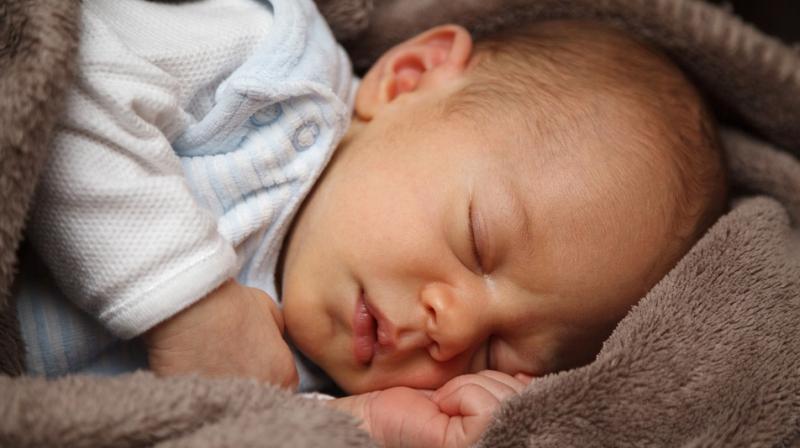
Although most teen mothers know that co-sleeping with their baby or putting the baby to sleep with soft bedding or blankets increases the risk of sudden infant death syndrome (SIDS), many do so anyway, a small U.S. study suggests.
“I was quite surprised to hear almost all of them admit making deliberate decisions to practice unsafe sleep behaviors despite being aware of SIDS and having been told about the risk factors,” said lead author Dr. Michelle Caraballo of the University of Texas Southwestern Medical Center in Dallas.
The medical community is shifting away from the term “SIDS” and toward “Sudden Unexpected Infant Death,” or SUID, to emphasize that we still do not know what causes it or how exactly these babies die, Caraballo noted.
“The new term SUID encompasses deaths previously labeled as SIDS but also includes other sleep-related infant deaths, including accidental suffocation and strangulation in bed,” she told Reuters Health by email.
Infants of mothers younger than age 20 are at higher risk for sleep-related sudden death than babies of older mothers, the study team notes in The Journal of Pediatrics, April 21.
While rates of death in the SIDS category have leveled off since 1999, rates of infant death from causes like accidental suffocation or strangulation are rising, they point out.
For the new study, they organized seven focus groups with a total of 43 teen mothers at high school daycare centers in Colorado. The groups talked about their knowledge of and adherence to American Academy of Pediatrics (AAP) sleep recommendations.
The mothers said their parenting information largely came from their own parents, teachers and doctors, but when faced with conflicting information, they listened to their own mothers. Almost all had learned about SIDS, usually from a medical provider or teacher, and knew that it could happen to any baby.
Almost all knew the AAP recommends that babies sleep on their back, and only a few said they put their babies to sleep on their stomach anyway. Most also knew that blankets and soft objects should not be in the baby’s sleep space, but more than half said they put their baby to sleep covered with a loose blanket so that the baby would not be cold.
Many said that if a baby bedroom set, which may include blankets and crib bumpers, is sold in stores then it must be safe – which, the researchers note, is not the case.
Most of the teen mothers said they owned a crib or playpen but very few said they consistently used a separate sleep space for their infant. Babies often slept in a car seat, swing or their mother’s bed.
Some mothers said bed-sharing was safer, helped them bond with their babies, and that babies slept better in bed with them.
“These results fit with a lot of other research that has demonstrated mothers have knowledge of safe infant sleep recommendations, but this knowledge does not necessarily translate to adhering to the recommendations,” said Trina C. Salm Ward of the University of Georgia School of Social Work in Athens.
“What I find concerning is that they tend to know that bed-sharing is 'unsafe,' so they engage in practices to try to reduce the risk. Some of these practices, though, such as placing pillows around the infant, actually increase the risk of suffocation,” Ward, who was not involved in the study, told Reuters Health by email.
“Because of the small sample size in our focus group study, I cannot generalize our findings and say that what we found is necessarily true of ‘most’ or all new mothers,” Caraballo said.
Infants should sleep in the same room but not in the same bed with their mother, on a firm sleep surface, she said.
Simply educating mothers on safe sleep practices is not enough to change actual behavior, she said.
“I do not know what it will take to induce behavior change in this high-risk demographic; unfortunately all I can say with certainty is that what we're doing right now isn't working,” she said.
Source: Reuters
 FR
FR EN
EN AR
AR








